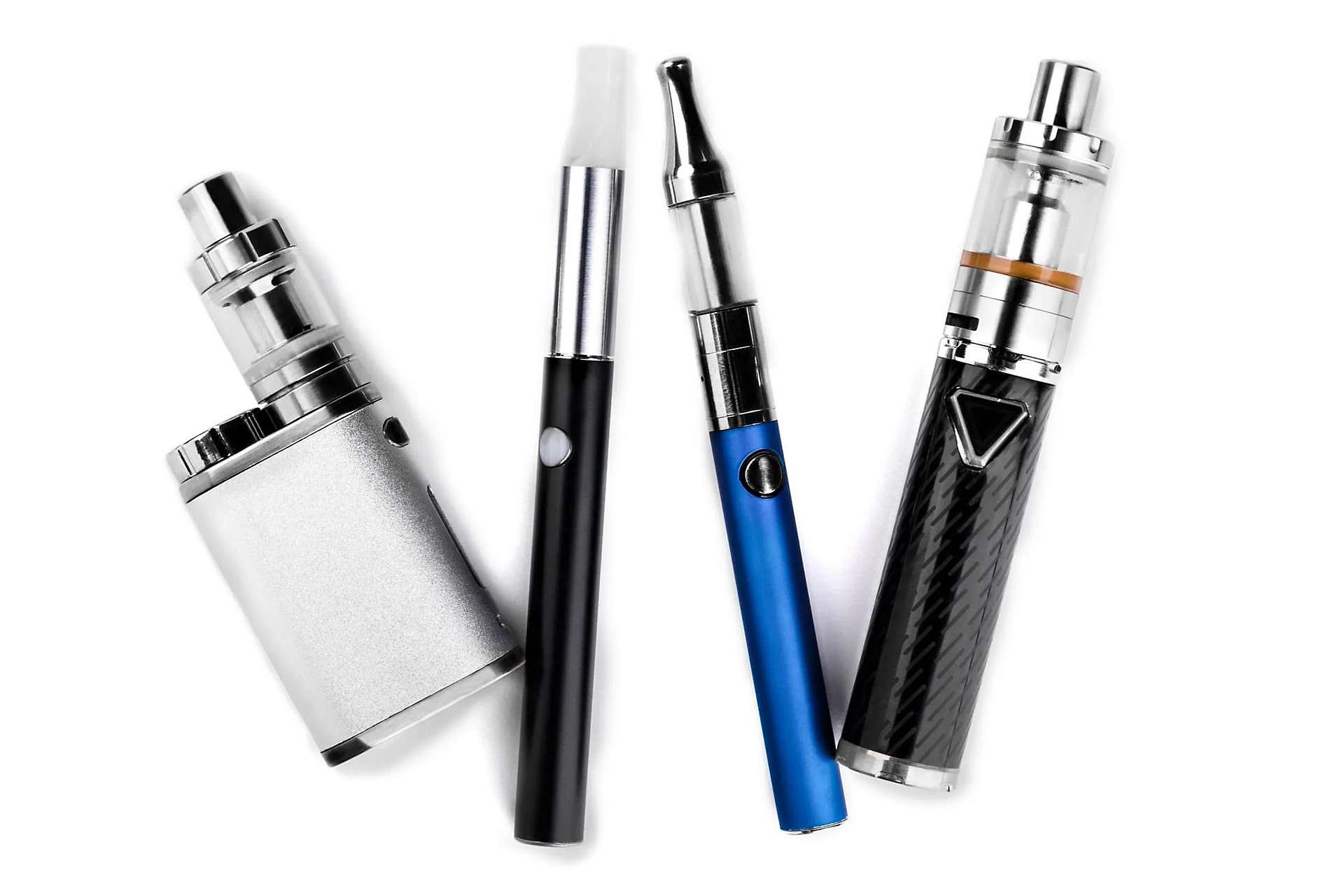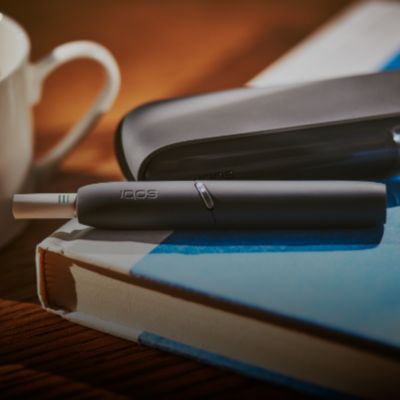What Is Vaping?
As an adult smoker looking to switch from cigarettes to a smoke-free alternative, you may have come across the term vaping. Consequently, questions such as what is a vape, or what is vaping may arise.
How Is Vaping Different From Smoking?
While not risk-free, vaping is a much less harmful alternative to smoking. Smoking involves the process of combustion (burning) tobacco to release nicotine, which is naturally present in tobacco leaves. The nicotine is absorbed into the bloodstream through the inhalation of the cigarette smoke, which also contains high levels of harmful chemicals.
Vaping, on the other hand, eliminates the process of burning and therefore does not produce smoke. Instead of burning tobacco, vaping heats an e-liquid to produce an aerosol or vapour. When this e-liquid is heated, it vaporises, and the adult user can begin their vaping experience.
Because of the absence of burning, vaping is able to deliver nicotine without the high levels of harmful chemicals present in cigarette smoke. Because aerosol dissipates more quickly than smoke, vaping leads to fewer lingering smells than cigarettes and produces no ash.
How Do Vapes Work?
There are different types of vapes, however they usually fulfil the same purpose. Once the device is turned on, the vapourisation process may begin, and the component responsible for this, in certain devices, is the atomizer. In some cases, the atomizer is made up of the wick and coil. For these devices, once activated, the wick will absorb e-liquid which is subsequently heated and vapourised by the coil.
For a more comprehensive breakdown of how vapes work, read our article, How Do E-Cigarettes Work?. Let’s explore what is in a vape device in more detail.
Battery
All vapes depend on a battery to function - without a battery, the device can’t heat the e-liquid. Different vapes use different types of batteries. In compact vape devices, this will often be an integrated battery, meaning it is built into the device and not removable. Disposable batteries are commonly used in cigalike models; these devices are not rechargeable and must be replaced after the battery runs out (or when the e-liquid is depleted). For more complex devices, such as rebuildable mods, external batteries are used. These are typically removed from the device and recharged separately. If you’d like to learn more about how long vape batteries could last, read our article How Long Does A Vape Battery Last?.
Atomizer
The term ‘atomizer’ refers to the heating element (the coil) and the wick. The wick is what delivers e-liquid to the coil. The saturated wick delivers the e-liquid to the coil, which heats the e-liquid to produce a vapour which is drawn from the mouthpiece.
There are different types of atomizers: disposable, replaceable and rebuildable. Disposable atomizers are fixed within the device and are not like rebuildable atomizers (RBAs), which allow users to modify their device. While different atomizers allow for different functionalities, an atomizer is essentially the part of a vape device where the liquid is vaporised.
Mouthpiece
The mouthpiece is the part of the vape which delivers the vapour to the user. Different sized mouthpieces allow for different levels of airflow, with larger diameters drawing more vapour.
Tank
Also known as a cartridge or reservoir, a tank is what houses the e-liquid. Some tanks are integrated within the atomizer (like cartomizers) while others are a separate component.
Types Of Vape Devices
Now that we’ve covered what’s inside a vape, you may also find it useful to understand the different types of devices available. Vape types include disposable vapes, cigalikes, vape pens, box mods and pod mods.
Disposable Vapes
These vapes are typically discarded after use. Essentially, once the battery or e-liquid runs out, it’s usually time to replace the device. When it comes to disposable vapes, you can find refillable and non-refillable options. Some disposables can be refilled with e-liquid, and may come with a slightly longer lifespan than typical single-use disposable vapes. However, it is worth checking the manufacturer’s information for accurate details about a vape’s longevity. For more on this subject, read our article on How Long Vapes Last.
Cigalikes
Cigalikes were the first generation of e-cigarettes and were designed to look like cigarettes. These devices are a type of disposable vape and are typically not refillable or rechargeable. Once the e-liquid is depleted, the device is disposed of and replaced. Newer versions of cigalikes can be refillable and rechargeable but continue to have a similar appearance to a cigarette.
Vape Pens
These are slim devices that look like pens. Vape pens use tanks that are usually filled manually. Some have firing buttons that need to be clicked in a variety of sequences to turn on or have their settings adjusted. Others activate when they detect an adult user is beginning their experience and do not have a firing button.
Box Mods
Box mods are the largest devices on the market and, because of the modification and customisation potential, should only be used by experienced vapers. These advanced devices support different atomizers, tanks, and typically come with more powerful batteries that support higher wattages.
Pod Mods
Pod mods are compact devices that come in two system types: open systems and closed systems. Open pod systems allow users to refill their e-liquids, whereas closed pod systems use pre-filled pods that are slotted into the device and disposed of and replaced when the e-liquid is depleted. You can learn more about mod systems in our article, Vape Mods Explained.
What Is In Vape E-Liquid?
All vapes use e-liquid. Some vape devices come pre-filled or in an insertable pod. For vapes that require manual filling, a vast range of bottled e-liquid is available in a wide selection of taste variants. All e-liquids (whether in pods or separate bottles) also come in varying nicotine strengths. The main ingredients found in e-liquid include Propylene Glycol (PG) and Vegetable Glycerin (VG).
Propylene Glycol (PG)/Vegetable Glycerin (VG)
Propylene Glycol (PG) and Vegetable Glycerin (VG) are the two base ingredients in an e-liquid. Due to the two different roles of these ingredients, the PG/VG ratio is something that adult users can select based on their preference. E-liquids with a higher PG content often provide a stronger taste than those with higher levels of VG.
Nicotine
Nicotine levels also vary between e-liquids. Nicotine strengths range from 0mg (nicotine-free) to 20mg.
Smoke-Free Alternatives To Continued Smoking
If vaping doesn’t sound like an option for you, there are other smoke-free alternatives such as IQOS heated tobacco.
Heated tobacco devices are a smoke-free alternative for adult smokers looking to switch from cigarettes. While vapes utilise a vapourisation technique, heated tobacco devices do not heat e-liquid, they use real tobacco. Unlike cigarettes, heated tobacco devices do not burn tobacco. This means combustion does not occur, preventing the production of many harmful chemicals and substances contained in cigarette smoke. However, the absence of combustion and the reduction in harmful chemicals should be substantiated on a product-by-product basis.
IQOS HeatControl Technology heats tobacco instead of burning it to deliver the taste of real tobacco. IQOS emits 95% less harmful chemicals compared to cigarettes.*
Important information: It does not necessarily equal a 95% reduction in risk. IQOS is not risk-free.
* “95% less” represents the average reductions in levels of a range of harmful chemicals (excluding nicotine) compared to the smoke of a reference cigarette. See important information on IQOS.com.
IQOS is not risk-free and provides nicotine, which is addictive. The best decision any smoker can make is to quit tobacco and nicotine use altogether. IQOS products are not alternatives to quitting and are not designed as cessation aids.
This article is for general information and educational purposes. Some of the information in this article is based on external, third-party sources and we make no representations or warranties of any kind regarding the accuracy, validity or completeness of such information.













